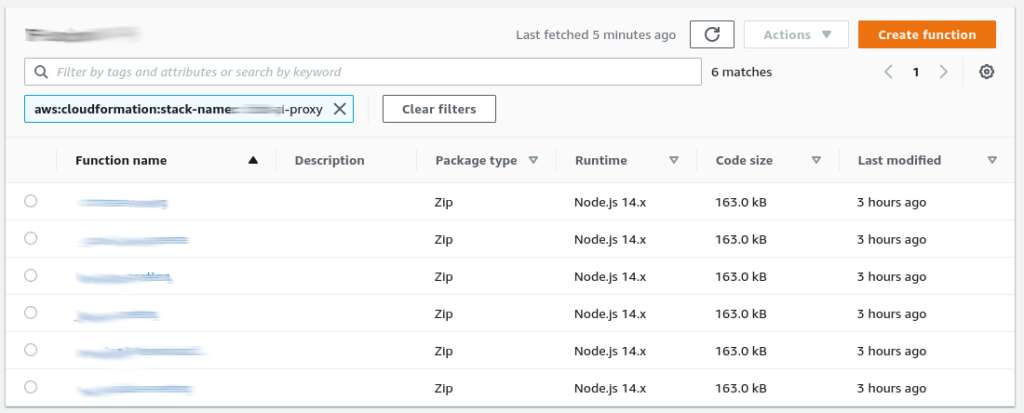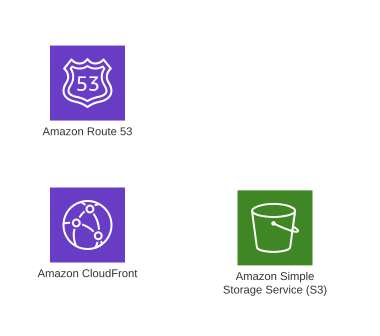The changing scenarios and demanding environments along with rising CAPEX costs of the environment as well as upgrade requests for hardware demand a much more robust and simpler environment which follows the OPEX mode and even facilitates the more productive possibility of WFX. What if we had a Browser based IDE which has collaboration and team chats along with support for almost all leading languages, coupled with managed revision control, practically unlimited storage, build, test automation and deploy pipeline which goes with the pay as you go model ?
The combination that I wanted to suggest is a set of services from AWS.
- Cloud9 IDE
- AWS CodeCommit (Managed Git)
- AWS CodePipeline
- AWS CodeBuild
- Amazon Elastic File System
- AWS DeviceFarm (for hybrid application testing)
The above list is a minimal environment without any bloat and will work much more efficiently from any entry-level or decent smartphone even 5 years old. But with the assistance of an AWS DevOps Professional, integrate with ActiveDirectory authentication and group permissions, along with more cost effective storage and further infrastructure as code “code snippets” could be used along with the pipeline not to forget the manual stages and conditional stages in the pipeline. Also additional features like pre-commit validations for lint checking or software composition analysis for tracking and documenting licencing or legal standards could be added to the pipeline or version control. Will see in detail about each of the services extracted from their respective pages.
Continue reading “Run your Development Environment on Cloud”


